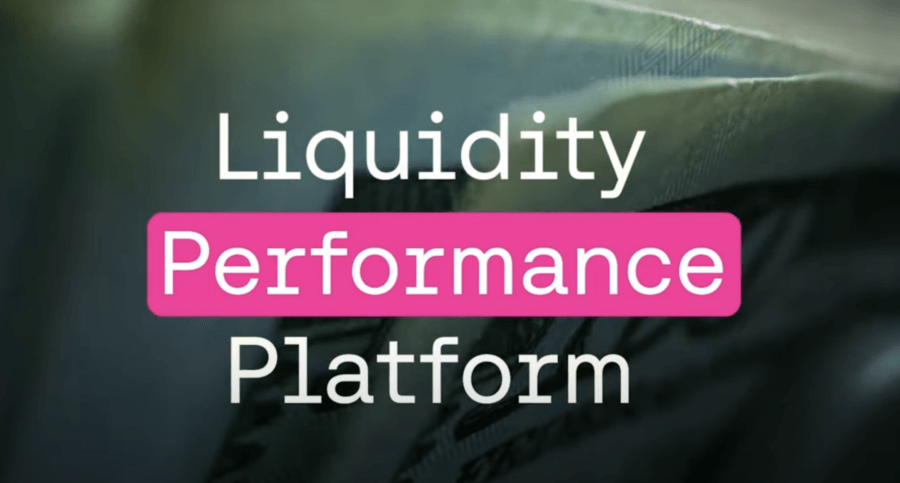Blog
How Benchmarking Enables Treasury Project Funding & Success

Benchmarking can be a critical tool in helping treasury secure a budget, providing the CFO and other key stakeholders with a clearer understanding of current state vs. future state gaps and potential return on investment (ROI) in filling those gaps. This enables stakeholders to make more informed decisions about whether to fund the project.
In this blog, which is part of our Value Engineering series, we will explore how benchmarking can help you not only secure funding for your project, but also help identify best practices and areas for improvement.
Effective Benchmarking for Treasury Management
The first step towards effective benchmarking is identifying organizations in your industry profile and around your revenue size, and then analyzing and comparing their current capabilities to your own, as well as their business outcomes. This might involve a deep knowledge of practices and where they would be placed on a capability maturity model, which helps you recognize the current state and the steps needed to achieve best practices. The key is not only to understand where you place on the maturity scale; you need insights as to where your peers would land.
Capability maturity benchmarking provides stakeholders with a clear understanding of the organization’s ability to successfully execute the project. In addition, it helps identify areas where additional investment is needed to improve the organization’s capability and gain a competitive advantage.
By comparing an organization’s capability maturity level to that of other organizations in the same industry, stakeholders can determine if the organization has the necessary resources and processes in place. Additionally, capability maturity will help your company become more competitive and efficient. Knowing that your project has the ability to deliver successful outcomes will give your stakeholders more confidence in investing.
Value of Filling the Gap
When a practice’s capability maturity level is low, stakeholders need to assess the value of allocating budget to improve. A capability gap analysis identifies the gap(s) between current capabilities and desired capabilities and determines the value of reaching the desired state. This involves evaluating current skills, resources and processes, and comparing them to the skills, resources and processes of the desired state.
Typically, a capability gap analysis includes the following steps:
- Define the strategic objectives and desired outcomes of your treasury and finance organization.
- Evaluate the team’s current capabilities, including its people, processes and technology.
- Identify the required capabilities to achieve the desired state.
- Compare the current capabilities to the desired capabilities and identify the gaps.
- Determine the value of filling each gap and the impact and the risk of the status quo.
- Prioritize the gaps based on the impact of achieving the desired state.
- Develop a plan to effect the change and realize the return on investment.
There is no better place to start than with a capability gap analysis to identify areas that need to improve in order to achieve goals. This ensures the organization is investing its resources effectively and efficiently to accomplish its strategic objectives.
Measuring Success
Demonstrating the success and value your project has brought to the organization is the fun part. Benchmarking and capabilities maturity modeling are the best and most effective methods to showcase the value delivered. These processes allow you to lay the groundwork up front as it relates to current state maturity and desired state objectives. This also allows you to visualize the steps you need to take to get to the desired state and present the impact of the transformation.
The key is not only to identify the growth from previous state to current state, but to also identify the comparison to peers and the achieved competitive advantage. For example, the value of moving from disparate, unstructured, unreliable cash forecasting to real-time, AI-enabled and systematically produced and monitored cash flow forecasting provides optimal capital allocation, consistent margin improvements and lower overhead costs than peers.
Finding the Answers
What do you need? Where should you start? How do you get there? And how do you measure success? It is difficult to answer these questions while taking care of your day-to-day activities. Kyriba’s Value Engineering team is here to help provide the answers, using a non-intrusive and limited effort process. Leveraging our database of over 1,600 organizations with which we have consulted, we can help provide insight based on capability maturity modeling and gap-filling opportunities. You only need to dedicate an hour or less of your time and efforts to the benchmarking, process maturity gap-filling process. Kyriba’s Value Engineering team, in collaboration with you and your team, will handle the rest to enable your transformation success.












